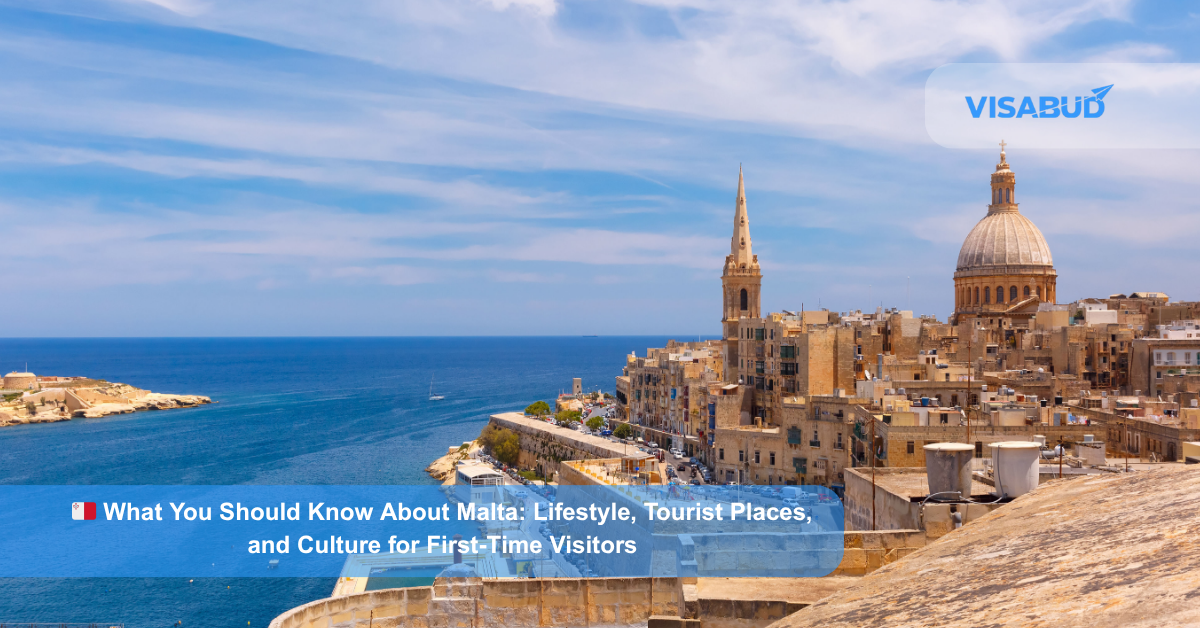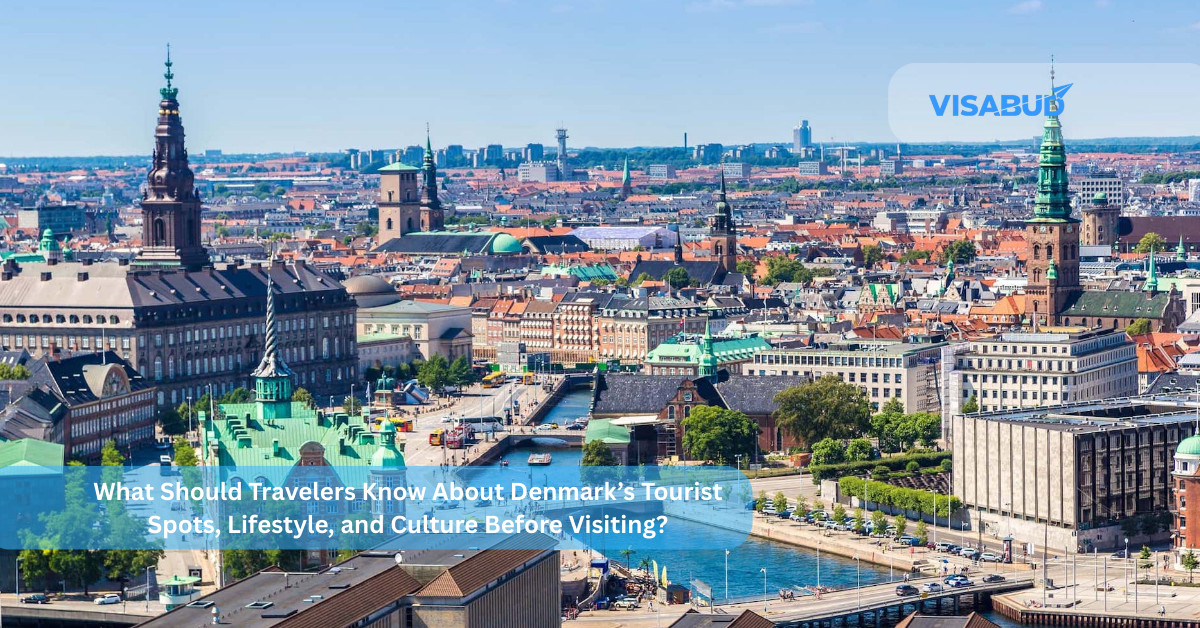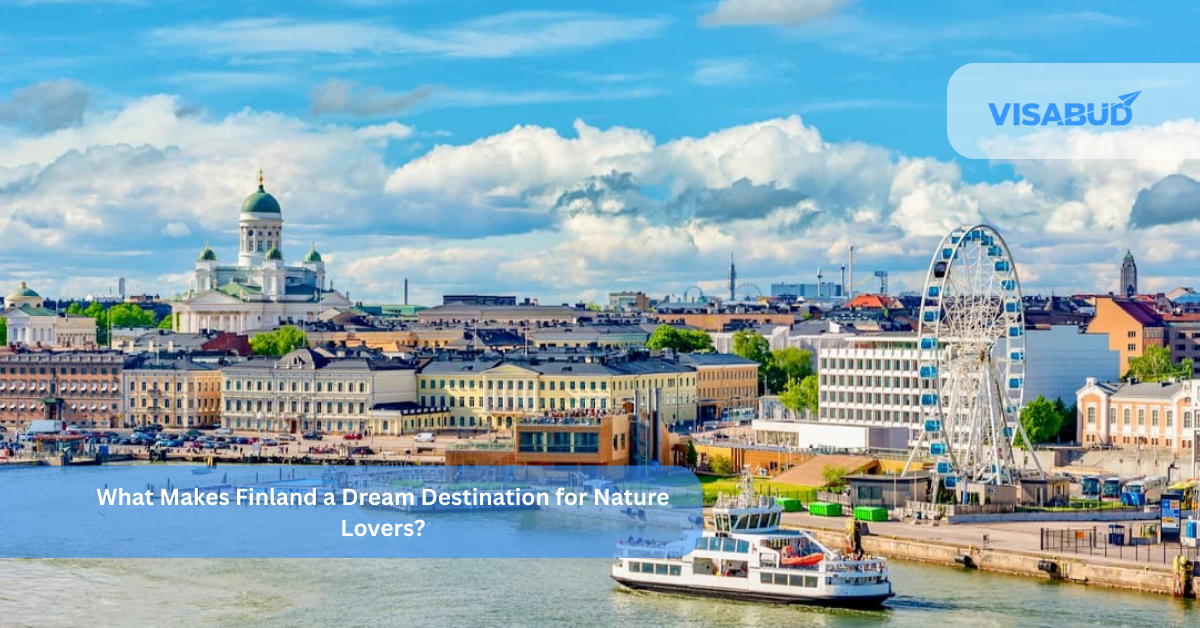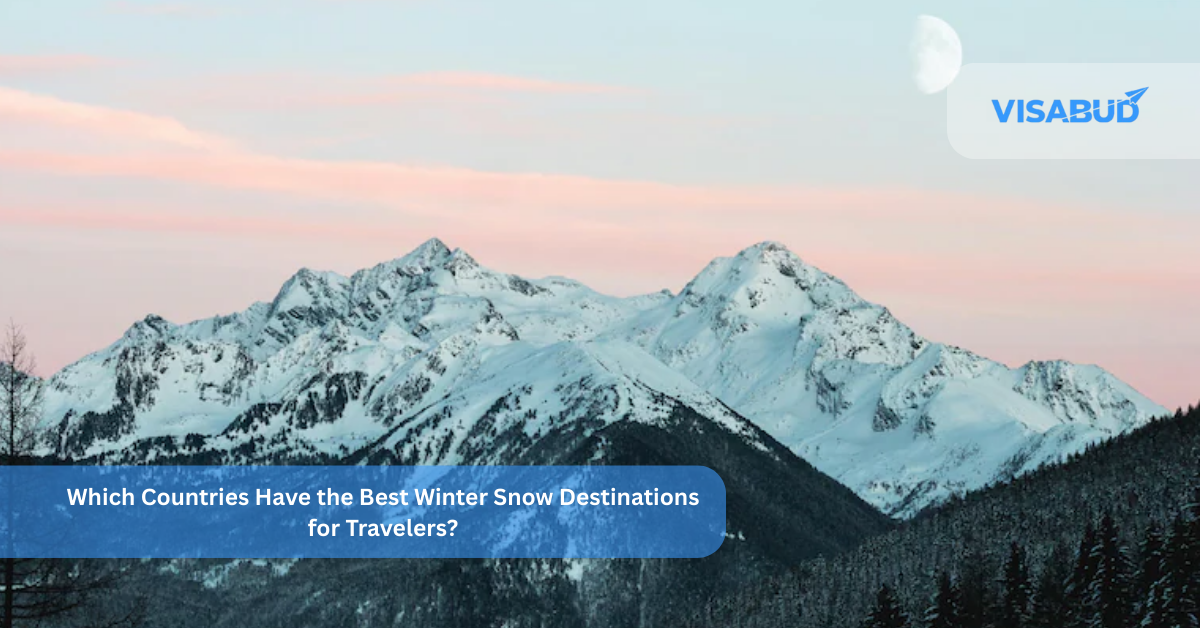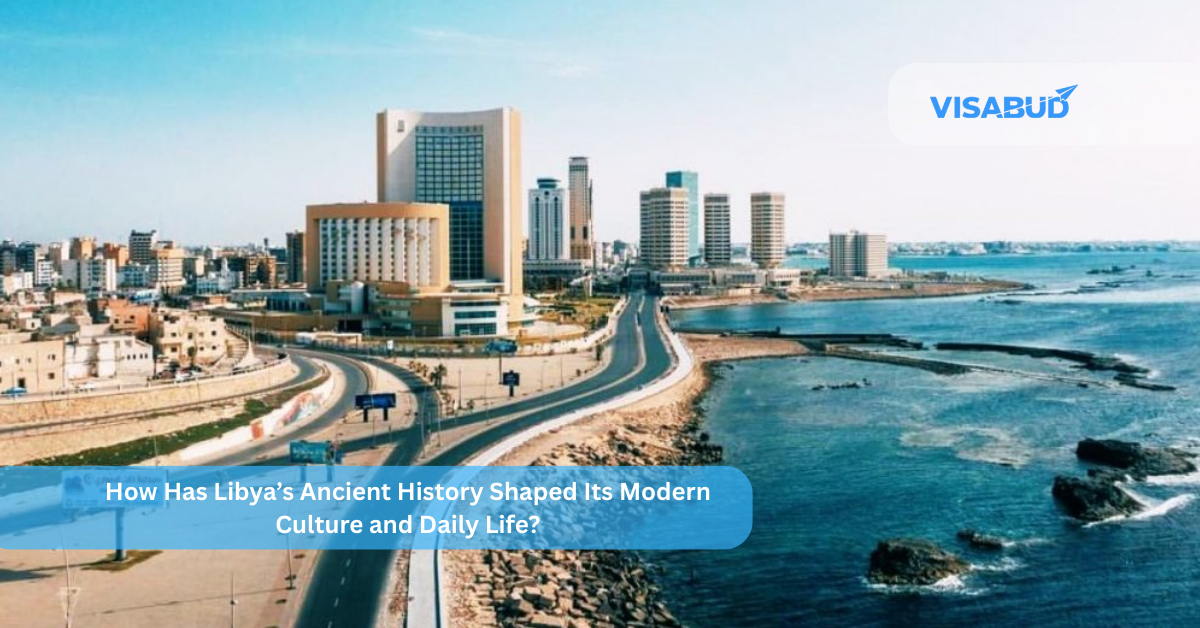Malta, a small island nation in the heart of the Mediterranean Sea, is a unique destination that has captured the imagination of travelers from around the world. Malta has a lot of history, culture, and scenic beauty despite its small size. For first-time visitors, it offers an experience that combines ancient traditions with modern conveniences. From stunning beaches and medieval towns to delicious food and vibrant festivals, Malta has something for everyone.
This guide is designed to give you a complete overview of Malta’s lifestyle, tourist attractions, and cultural highlights, making it easier for anyone—even first-time visitors to navigate and enjoy the island.
Lifestyle in Malta
Language and Communication
Malta is a bilingual country. The official languages are Maltese and English, making it very easy for international travelers to communicate. Most people, including shopkeepers, drivers, and hotel staff, speak English fluently. Knowing a few Maltese greetings, like “Bonġu” (Good morning) or “Grazzi” (Thank you), can make your trip more enjoyable, but English alone is enough to get around comfortably.
Climate
Malta enjoys a Mediterranean climate, which means hot, dry summers and mild, wet winters. Summer temperatures can reach up to 35°C, while winter temperatures are usually around 15–20°C. The best time to visit is spring (April to June) or autumn (September to October), when the weather is pleasant, and tourist crowds are smaller. Visiting in winter has its charm too, as the island is quieter and more relaxed.
Transportation
Getting around Malta is relatively easy. The island has a well-connected bus network that covers major towns and tourist attractions. Taxis are available but are relatively expensive, so public transport is a budget-friendly option. Renting a car is another choice, but keep in mind that Malta drives on the left side of the road. Walking is also a great way to explore smaller towns, especially in historical areas like Mdina and Valletta.
Top Tourist Places in Malta
Valletta
Malta’s capital, Valletta, is included as a UNESCO World Heritage site. Known for its baroque architecture, museums, and vibrant cultural scene, Valletta is perfect for history lovers.
Mdina
Known as the “Silent City”, Mdina is a fortified medieval town. It is like traveling back in time when you stroll through its winding streets. Mdina is famous for its quiet charm, historic buildings, and stunning views from the city walls. This city is perfect for those who enjoy history, architecture, or peaceful strolls.
Gozo
Gozo, Malta’s sister island, is less commercial and offers a more rural, relaxed atmosphere. Highlights include:
Comino and the Blue Lagoon
Comino is a small island famous for the Blue Lagoon, a crystal-clear bay ideal for swimming, snorkeling, and relaxation. The water is turquoise and inviting, but because it is a popular tourist spot, visiting early in the day is recommended to avoid crowds.
Culture and Traditions
Festivals
Malta is known for its colorful festivals, called “festas”, celebrated in honor of patron saints. During these events, towns come alive with fireworks, music, and processions. Attending a festa is a wonderful way to experience local traditions and feel the community spirit.
Cuisine
Maltese cuisine is a blend of Mediterranean flavors with influences from Italy, North Africa, and Britain. Some must-try dishes include:
Crafts and Art
Malta has a long tradition of handicrafts, including lace-making, pottery, and glass-blowing. The Ta’ Qali Crafts Village is a popular place to buy souvenirs and witness artisans at work.
Accommodation in Malta
Malta offers options for all types of travelers:
Frequently Asked Questions (FAQs)
1. What is the best time to visit Malta?
Spring (April to June) and autumn (September to October) are ideal due to mild weather and fewer tourists.
2. Do I need a visa to visit Malta?
Malta is part of the Schengen Area. Visitors from Schengen countries do not need a visa. Others should check the latest visa rules based on their nationality.
3. Is English widely spoken in Malta?
Yes, English is an official language and is spoken everywhere.
4. What currency is used in Malta?
The Euro (€) is the official currency.
5. Is public transportation reliable?
Yes, Malta’s bus network is extensive and reliable.
6. Can I drink tap water in Malta?
Yes, tap water is safe to drink.
7. What are the electrical plug types in Malta?
Malta uses British-style G-type plugs with three rectangular prongs.
8. Is Malta safe for tourists?
Yes, Malta is generally safe, but basic travel precautions are advised.
9. Are there beaches in Malta?
Yes, beaches like Golden Bay, Mellieħa Bay, and Ramla Bay are popular.
Final Thoughts
Malta may be small, but it is full of wonders. From historic cities like Valletta and Mdina to beautiful islands like Gozo and Comino, there’s something for every traveler. The island’s vibrant festivals, delicious cuisine, and friendly people make it even more inviting.
Whether you are a history buff, a beach lover, or a food enthusiast, Malta promises an unforgettable experience. Its mix of culture, lifestyle, and natural beauty ensures that every visit is special and memorable.
Planning your trip to Malta? Contact us
